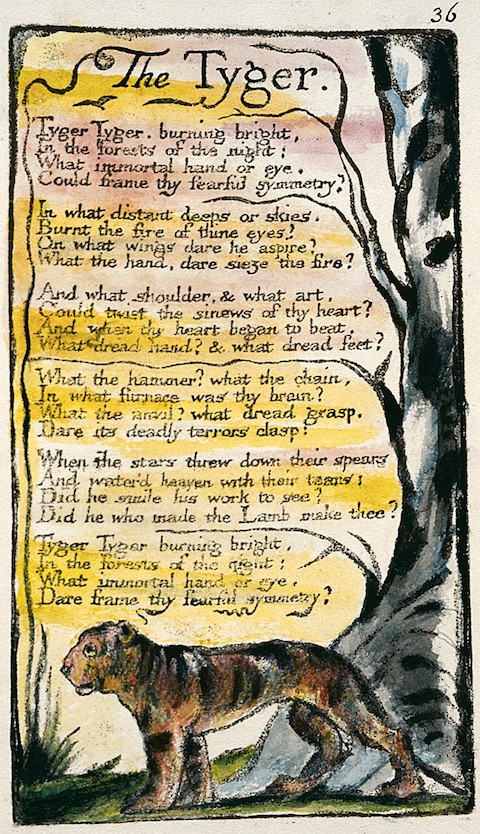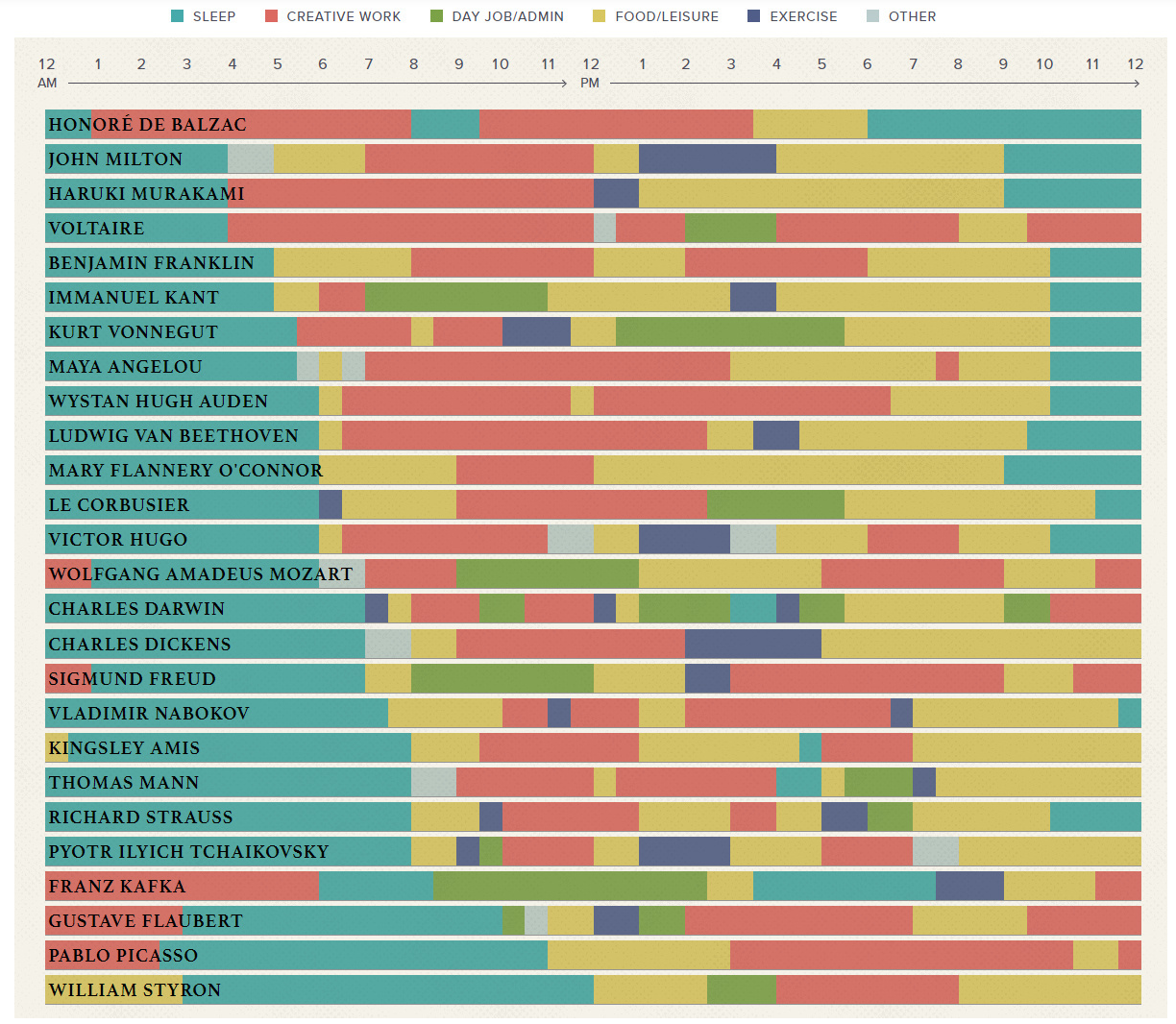In 2013, Steven Soderbergh told me during an interview that he was retiring. “Five years ago, as we were finishing Che, I said, ‘OK, when I turn 50, I want to be done. I’m going to jam in as much as I can, but when I turn 50, I want to be done.’ ”
Yet Soderbergh’s concept of retirement must be different from most mortals. In the past year, he not only executive produced the Showtime series The Knick but he also directed all ten episodes. Using the handle @Bitchuation, he wrote an entire novel on Twitter called Glue. And he produced and directed a Broadway show starring Chloë Grace Moretz called The Library. And in his copious free time, he’s been producing various cinematic experiments on his website Extension 765, which included a piece that spliced together Alfred Hitchcock’s Psycho with Gus Van Sant’s bizarro shot-by-shot remake, a black and white version of Raiders of the Lost Ark and an edit of Michael Cimino’s famously bloated Heaven’s Gates.
In his latest work, Soderbergh takes a crack at Stanley Kubrick’s masterpiece 2001: A Space Odyssey. You can watch it here. As he writes on his site:
i’ve been watching 2001: A SPACE ODYSSEY regularly for four decades, but it wasn’t until a few years ago i started thinking about touching it, and then over the holidays i decided to make my move. why now? I don’t know. maybe i wasn’t old enough to touch it until now. maybe i was too scared to touch it until now, because not only does the film not need my—or anyone else’s—help, but if it’s not THE most impressively imagined and sustained piece of visual art created in the 20th century, then it’s tied for first. meaning IF i was finally going to touch it, i’d better have a bigger idea than just trimming or re-scoring.
What that bigger idea is, however, isn’t immediately clear. Soderbergh’s version is a good 50 minutes shorter than the original. Unlike the original, which unfolds in a deliberate pace, Soderbergh’s version moves briskly. Most of the cuts aren’t immediately missed.
But there is one clear, and jarring difference between the two – he drops HAL’s unblinking electronic red eye into unexpected scenes. It pops up right in the beginning, then again when the tribe of early humans first encounter the monolith, and then again during the film’s trippy light show deep at the end. Whereas Kubrick used the HAL’s eye as a sinister example of the perils of technology and mankind’s hubris, Soderbergh turns it into something else, something more spiritual. Does it work? I don’t know. But it’s interesting.
Soderbergh goes on to argue that Kubrick, were he alive, would be a big fan of digital video and he makes a pretty compelling case.
i believe SK would have embraced the current crop of digital cameras, because from a visual standpoint, he was obsessed with two things: absolute fidelity to reality-based light sources, and image stabilization. regarding the former, the increased sensitivity without resolution loss allows us to really capture the world as it is, and regarding the latter, post-2001 SK generally shot matte perf film (normally reserved for effects shots, because of its added steadiness) all day, every day, something which digital capture makes moot. pile on things like never being distracted by weaving, splices, dirt, scratches, bad lab matches during changeovers, changeovers themselves, bad framing and focus exacerbated by projector vibration, and you can see why i think he might dig digital.
Again, you can watch Soderbergh’s re-edit of 2001 here. More films can be found in our collection, 4,000+ Free Movies Online: Great Classics, Indies, Noir, Westerns, Documentaries & More.
Related Content:
Watch Steven Soderbergh’s Creative Mashup of Hitchcock and Gus Van Sant’s Psycho Films
Steven Soderbergh Creates a Big List of What He Watched, Read & Listened to in 2014
Jonathan Crow is a Los Angeles-based writer and filmmaker whose work has appeared in Yahoo!, The Hollywood Reporter, and other publications. You can follow him at @jonccrow. And check out his blog Veeptopus, featuring lots of pictures of badgers and even more pictures of vice presidents with octopuses on their heads. The Veeptopus store is here.





